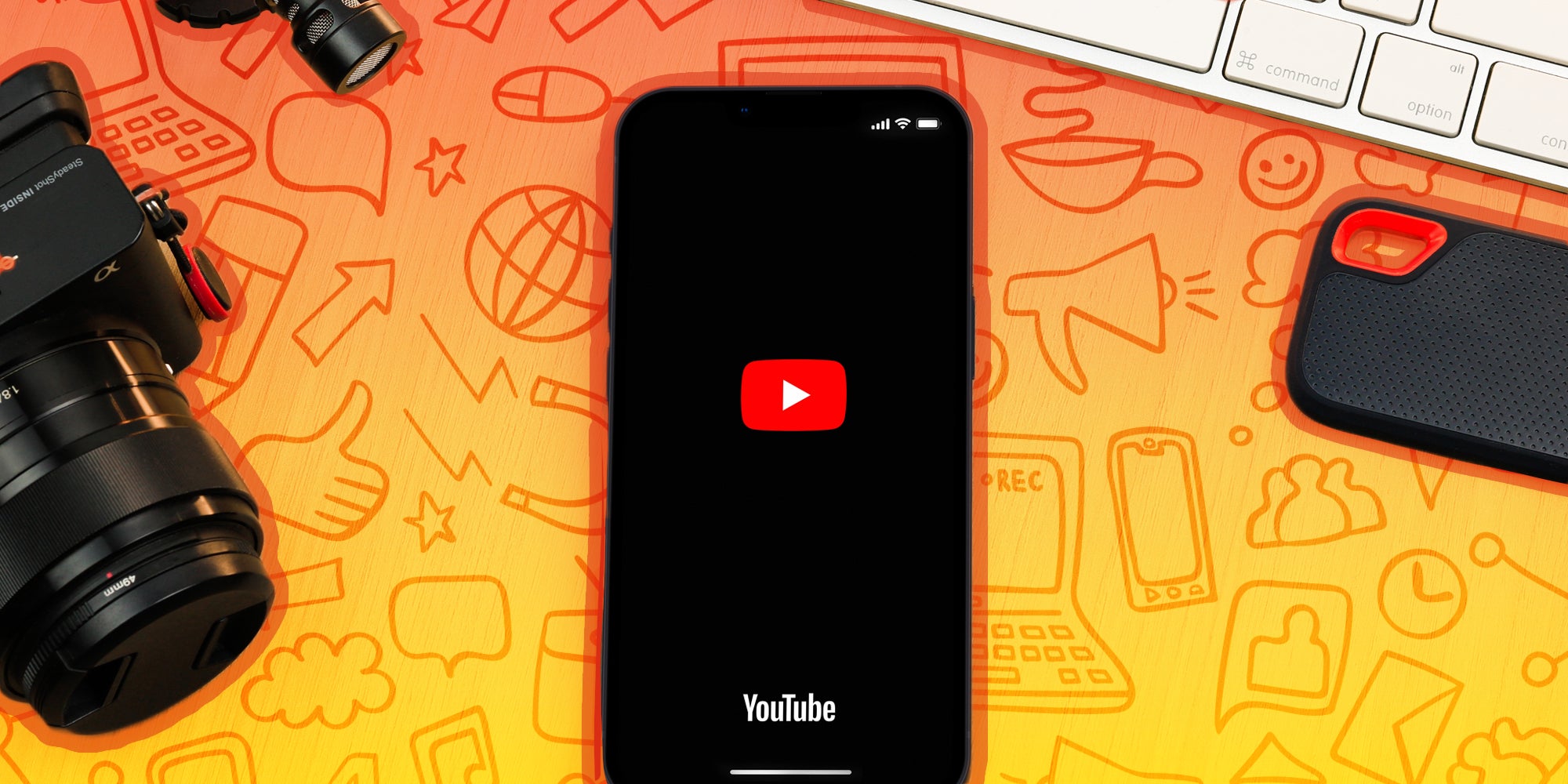
Creators are often at the whim of different platforms. And changes at YouTube have been steady throughout the year. In March, it allowed creators to monetize videos with profanity. Now, it’s updating its community guidelines strike system for the first time since 2019. The result? More creators can make money through ad revenue sharing as the company tries to change how viewers consume ads. Here’s how YouTube is leaning into ads—to both the benefit and detriment of creators.
Easier eligibility
Last month, YouTube made it a bit easier for newcomers to monetize their content. Previously, the platform required a channel to have at least 1,000 subscribers to join the YouTube Partner Program (YPP). Now, that minimum is 500 subscribers. Additionally, the other requirement for watch hours reduced from 4,000 hours in the past year to 3,000. And Shorts creators now only need three million views instead of 10 million. Opening this program up to a wider group of people lets more people in on ad revenue sharing—which means there are more creators who can earn an income from making content.
Content violation classes
Creators who monetize their videos have to be careful not to break community guidelines, which clarify what content is prohibited from the platform. In the past, breaking content guidelines—which include things like hate speech and violent content—would result in a general lifetime warning linked to a creator’s account. Now, YouTube will offer more concrete reasons as to why a video received a violation. Creators who take an educational course can have the strike removed from their account. But don’t expect to take advantage of this new leniency. Accounts that consistently violate guidelines will still be removed, and anyone who receives another strike within 90 days of taking a class will receive another warning. According to YouTube, the program is meant to “make [their] policies easier for creators to understand.” This might alleviate the complaints creators have had over violations seemingly earned for no reason.
More Shorts
In 2021, YouTube launched Shorts, its short-form video vertical, in an effort to compete with TikTok’s rising popularity. And last year it allowed Shorts creators to earn ad revenue, though the profits are lower than long-form videos. But a September Financial Times report found that, behind the scenes, executives are worried that the rising popularity of Shorts has resulted in fewer people watching long videos. Which means YouTube makes less money off of ads. For creators, this is a clear sign that viewers want to watch more short-form content. So anyone still clinging to the idea of only posting long videos on YouTube will likely have to switch strategies.
More ads
But there is a reason viewers watching more short videos have executives worried. Since late 2022, YouTube has suffered through declining ad revenue. Now, the company is experimenting with how its viewers and creators view ads as a way to turn things around.
As YouTube leans into its ad revenue-sharing program, it is shifting how creators present ads on their videos. Previously, creators could control whether ads appeared at the beginning of their videos and whether viewers could skip the ads after the first five seconds. Come November, creators won’t have these myriad customization options and will only be able to choose whether or not they want to have these ads attached to their videos.
Ads are already changing from the viewer’s perspective. People who watch YouTube from a TV might have noticed longer, but more infrequent, ad breaks as the company tests a new ad style. The update intends to decrease interruptions, which users have complained about. And YouTube has been cracking down on desktop ad blockers, meaning that more people are watching ads. Theoretically, this will result in creators earning more money from ad revenue. But viewers are crowdsourcing alternative ad blockers, like uBlock Origin, and are vocally annoyed with the ads, which could lead to people not watching as many YouTube videos.
It’s unclear if these strategic shifts will be enough to right the ship. But as YouTube makes changes, creators need to be aware of how it might impact their content creation and viewers alike.




